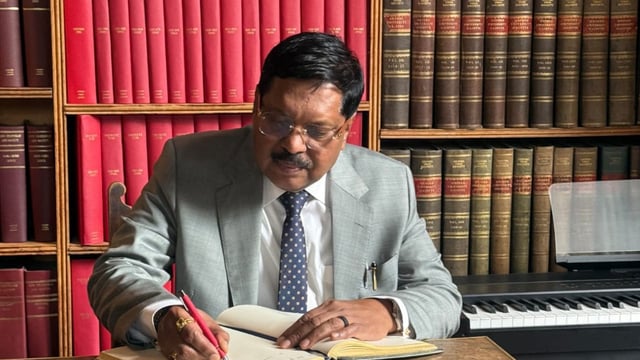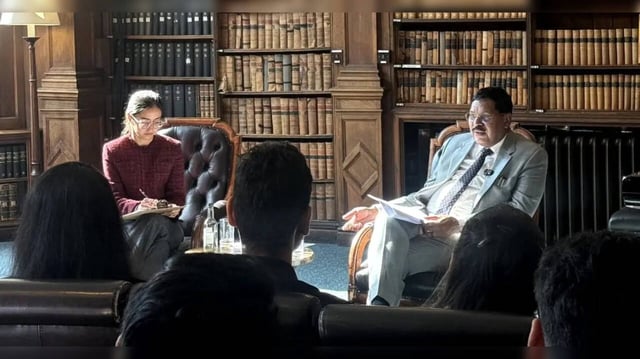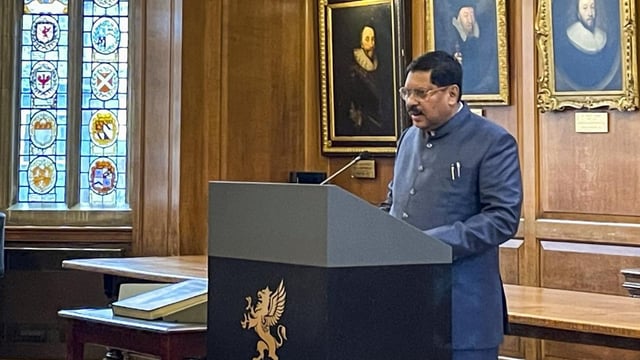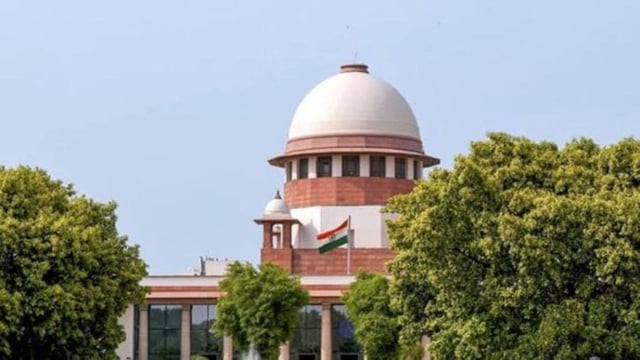Overview
- Chief Justice B.R. Gavai described the Constitution as a “quiet revolution etched in ink” that actively restores dignity to marginalized communities, tracing his own journey from a municipal school to India’s highest judicial office.
- He pointed out that Dalits, Adivasis, women, minorities, persons with disabilities and other historically excluded groups were active participants in the Constituent Assembly that drafted the Constitution.
- Gavai highlighted landmark Supreme Court rulings and recent constitutional amendments—from the Mandal reservation verdict to the 2023 women’s quota measure—as evidence of the document’s evolving role in deepening representation.
- He warned that judicial activism remains vital for protecting rights but must be confined to exceptional cases to avoid turning into what he termed “judicial terrorism.”
- In San Francisco, Justice Surya Kant echoed the need for restraint, urging courts to safeguard democratic dialogue without supplanting the legislature or overriding the will of the people.



